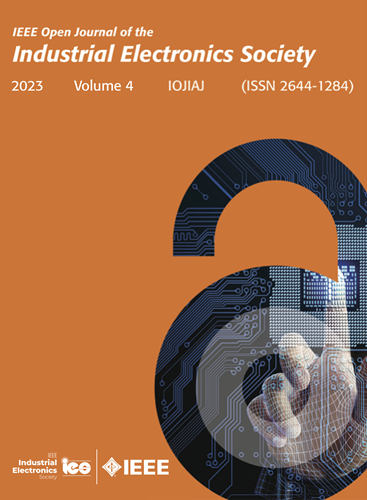A Hierarchical Dynamic Obstacle Avoidance Strategy Based on Decision-Making and Control Architecture for Cable-Driven Continuum Robots
IF 7.2
1区 工程技术
Q1 AUTOMATION & CONTROL SYSTEMS
引用次数: 0
Abstract
This article presents a hierarchical decision-making and control architecture for cable-driven continuum robots (CRCRs) operating in complex dynamic obstacle scenarios. At the decision-making level, a finite state machine (FSM) is designed to generate appropriate driving signals (such as avoidance, overtaking, and deceleration) in response to position changes of dynamic obstacles. These signals are then transmitted to a two-layer model predictive control (MPC) system at the control level. The two-layer MPC, integrated with a super twist observer (STO), ensures the generation of safe and collision-free trajectories as well as accurate and fast trajectory tracking. This hierarchical approach leverages the adaptability of the FSM-based decision-making module and the robustness of the two-layer MPC control to achieve high performance of CDCRs in complex scenarios. The effectiveness and superior performance of this framework have been validated through experiments across a range of dynamic obstacle scenarios.基于决策与控制体系结构的索驱动连续体机器人分层动态避障策略
本文提出了一种适用于复杂动态障碍物环境下缆索驱动连续体机器人(CRCRs)的分层决策和控制体系结构。在决策层面,设计有限状态机(FSM),根据动态障碍物的位置变化产生相应的驾驶信号(如避让、超车、减速等)。然后将这些信号传输到控制级的两层模型预测控制(MPC)系统。两层MPC集成了超级扭曲观测器(STO),确保生成安全无碰撞的轨迹,以及准确快速的轨迹跟踪。这种分层方法利用基于fsm的决策模块的适应性和两层MPC控制的鲁棒性来实现复杂场景下cdcr的高性能。通过一系列动态障碍场景的实验,验证了该框架的有效性和优越性能。
本文章由计算机程序翻译,如有差异,请以英文原文为准。
求助全文
约1分钟内获得全文
求助全文
来源期刊

IEEE Transactions on Industrial Electronics
工程技术-工程:电子与电气
CiteScore
16.80
自引率
9.10%
发文量
1396
审稿时长
6.3 months
期刊介绍:
Journal Name: IEEE Transactions on Industrial Electronics
Publication Frequency: Monthly
Scope:
The scope of IEEE Transactions on Industrial Electronics encompasses the following areas:
Applications of electronics, controls, and communications in industrial and manufacturing systems and processes.
Power electronics and drive control techniques.
System control and signal processing.
Fault detection and diagnosis.
Power systems.
Instrumentation, measurement, and testing.
Modeling and simulation.
Motion control.
Robotics.
Sensors and actuators.
Implementation of neural networks, fuzzy logic, and artificial intelligence in industrial systems.
Factory automation.
Communication and computer networks.
 求助内容:
求助内容: 应助结果提醒方式:
应助结果提醒方式:


